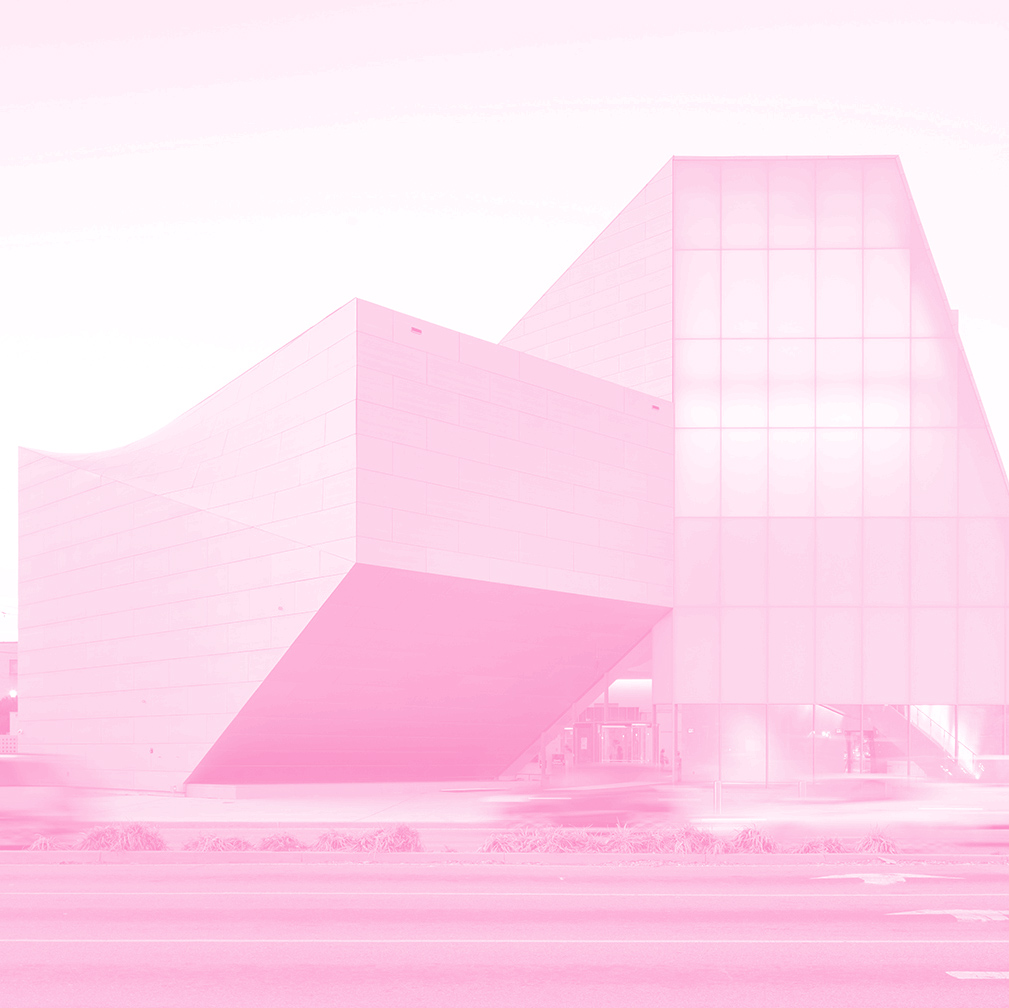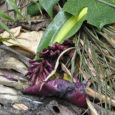Abbas Akhavan
Introduction
ABBAS AKHAVAN: Hello, my name is Abbas Akhavan.
Well I have two pieces in this exhibition. One of them is called “Study for a Curtain”, and the other one is called “Untitled Garden”.
I’ve been working with the theme of the garden as a kind of discriminated, groomed, prejudiced space that humans intervene with nature in order to demarcate some sort of aesthetic or property; these kinds of things, never in a sentimental way.
I think the moment nature is exposed to humanity it becomes kind of a self-serving objective. Even its preservation is for the self-serving objectives of the human. And so for me its also about just how people maneuver that threshold of entry into a space and how they negotiate the gallery space as a viewer. Whether they feel entitled or intimidated, and then there is a kind of derailing, so the work is not friendly or unfriendly for that matter. It’s a bit of a barrier.
There’s so many ways that hedges exist or fences exist without actually being visible anymore, these thresholds are omnipresent in some ways. I don’t think these borders have to be so visually literal or physically literal for us to experience them.
Untitled Garden
ABBAS AKHAVAN: “Untitled Garden” is the first piece that you encounter, which is a long row of conventional hedges, basically, installed within the gallery.
These trees govern how we move, which is the history of hedges and fences in general. There’s a series of works by photo-conceptual artists Jeff Wall, Rodney Graham, and they were taking these photos of trees in particular, like sole-standing trees, and my experience with trees in Vancouver was often in relation to hedges. You know it was a small realization to stand near one, and it was a Holly hedge actually, which is quite violent.
I remember thinking ‘oh this isn’t just a tree, this is a boundary for me to not cross into a space. It’s essentially a fence’. And I think it was that moment where I thought about how we use nature to naturalize oppressive forces or oppressive spaces. And I remember starting to read about hedges and how they originated from the commons essentially, and that the hedge was a way to keep peasants out of the commons for the first time.
What used to be accessible grounds where the animals would come and herd, and you could come and pick fallen fruit, the hedge actually demarcated that space as a space of private property and then gleaning became theft and then herding became trespassing.
And so these are ways that nature is manipulated to naturalize human traffic against us essentially. So that’s how the work started, from a place of experience and curiosity and then responding to the local art scene a little bit to be in dialogue with what I was seeing.
Study for a Curtain
ABBAS AKHAVAN: In the case of the study for a curtain I really was looking at it as this kind of projected space of desire, but then also kind of a false garden that has an alternate agenda.
The objective of this work partially was that what you’re seeing in reality would actually be the very thing that you’re not supposed to see. So the lid of a pit-trap is supposed to camouflage into the surrounding area.
I’ve never shown this work in a place that would have naturally tropical plants, because tropical plants for people living in North America, or potentially all over the world, have this sense of desire, right? The lushness of horticulture at its best or some sort of paradise connotations.
But also I was reserved about using local plant life because I felt like it might feel like it was moved from somewhere nearby and placed within the gallery, so it almost would become like evidence of a site nearby and I wanted to disassociate that.
It’s not supposed to be a literal trap door, it’s a composition space, it’s a decorative space. And I was really thinking of this space as a kind of space of ritual. It looks like a floral arrangement, or some sort of a carpet, or it feels almost like a raft or a funerary reef or something. It has these kinds of associations.
So that’s where it kind of started, the camouflage of looking natural with an ulterior motive.
Light and Chime
ABBAS AKHAVAN: Near the piece in the back of the exhibition space, there’s also a wind chime and a small oscillating fan.
In some ways I thought the work needed a bait in the space; if we have a trap there has to be a bait. It’s also a kind of a pathetic attempt at making an audio piece for the work, and I choose it to be pathetic on purpose, you know like it doesn’t have to be something that’s seductive. I didn’t want bird sounds or stuff like this.
It’s a simple gesture. I take liberties at some points and then sometimes I’m really loyal to form and in this case it was kinda like if this is a garden then a wind chime is needed. So it’s both to heighten the artificiality of the work as a composition, but at the same time it also gives it atmosphere to naturalize it, or make it feel normal. But I think it’s quite self-aware that it’s neither or it’s both at the same time. Just the way the piece is not a garden, and it’s not a pit-trap, and it’s not a flower arrangement, but it’s all of those things in some ways.
Initially when I installed the work I wanted it to have natural lighting instead of artificial lighting, so that you’re mindful of when you arrive at it. So the space isn’t some sort of a capsule away from reality or cycles of the season or the day. And so the visibility of the work is a little bit more governed by the natural daylight, and in this particular case I have a preference for the piece being almost hard to see at nighttime or when the exhibition space is open later.

 Closed
Closed

 Area Map
Area Map  Parking
Parking 

